As Narendra Modi and Xi Jinping met in a bilateral on the sidelines of BRICS Summit in Xiamen — their first since the end of a military standoff in high Himalayas, one thing became immediately clear. Doka La may have unintentionally triggered a positive change in the bilateral equation and it is possible that the differences, which threatened to descend into a bitter dispute and even a conflict, might end up becoming an opportunity. Usual disclaimers must apply to such conclusions because of the complexity inherent in the proximate rise of two major powers. More so when both are so dissimilar in nature. India’s position as a status-quoist, liberal democracy makes it vulnerable before a revisionist superpower such as China which has shown repeated disregard for sovereign boundaries or international rules-based order as it seeks to throw its neo-colonial weight driven by a deep, historical resentment. [caption id=“attachment_4011327” align=“alignleft” width=“380”] Narendra Modi and Xi Jinping greet each other at BRICS Summit on Tuesday. Reuters[/caption] It was interesting to note, therefore, as Modi-Xi bilateral came to an end in Xiamen, that both sides showed a concerted effort to move beyond Doka La and seek a new modus vivendi through a “forward-looking” dialogue. The phrase “forward looking”, which foreign secretary S Jaishankar repeatedly stressed on during his brief media interaction, deserves a bit of decoding. It suggests that during the bilateral (which went on for an hour of which at least half was spent on discussing post-Doka La complications) Modi and Xi were keen to avoid appearing resentful over the conflict and were more intent in understanding the ramifications of the issue, and discuss ways to avoid such an eventuality in the future. It is possible that discussions on fresh dispute mechanisms and confidence-building measures have taken place. India and China already have a very robust dispute redressal mechanism erected over a period of time but Doka La was a different beast. The unprecedented dispute involved Indian and Chinese troops facing off on the soil of a third country which may yet give rise to countless future complications. During the standoff, Chinese propaganda machinery issued repeated threats of breaching India’s boundary through PoK. It is therefore important to put a structure in place. Though Jaishankar didn’t mention the word ‘Doka La’ even once, he hinted at exactly such a trajectory of dialogue during the meeting: “The discussions were forward-looking and constructive and concluded that both governments need better communication to avoid recent issues… Both the leaders at their meet at Astana in July had agreed that India and China are natural large powers and that there will be areas of differences. So whenever there is an area of difference, that will be handled with mutual trust and efforts will be made to maintain strong contacts between the personnel of defence of both the countries to maintain peace and cooperation,” added the FS,
according to ANI. The stress on “mutual trust” is noteworthy because the Doka La standoff was triggered essentially by lack of trust. Indian troops moved into the plateau because Beijing breached India’s trust by unilaterally changing the status quo in a territory claimed by both China and Bhutan. On a much broader sense, the standoff brought to the fore the profound mistrust among the neighbours that causes each side to eye the other’s capacity-building along the LAC with deep suspicion. In this context, what may point us to the trajectory of the relationship post-Doka La are the statements that emerged. Jaishankar added that: “President Xi and Prime Minister Modi laid out a positive view of where our ties could go and there were some detailed discussions about the mechanisms, which could help both the countries go forward in that direction with the help of inter-governmental groups like strategic institutions, and that can be used to build that relationship. There was a constructive sense of the relationship to keep the ties on an upward trajectory,” according to ANI. Amid this apparent intention of both countries to reengage, China’s stress on Panchsheel principles of co-existence, along with a stress on “healthy, stable bilateral ties”, was even more intriguing. “China is willing to work with India on the basis of the Five Principles of Peaceful Coexistence which were put forward by both countries to improve political mutual trust, promote mutually beneficial cooperation, and push Sino-Indian ties along a right track,”
Xinhua quoted Xi as saying. Xi’s invoking of Jawaharlal Nehru’s formula — a throwback to the rosy but doomed slogan Hindi-Chini-Bhai-Bhai — is designed to convince the Indians of China’s “peaceful rise”. So far, Xi has demolished every tenet of Hu Jintao’s foreign policy. To invoke the past as a platform for Sino-Indian reengagement appears constrained at best and insincere at worst. But we must still note China’s conciliatory language and measured tone. It is tempting to interpret China’s ’new-found respect’ for India as a fallout of Doka La, but that would be misleading.
China’s attempt to recalibrate the bilateral relationship is necessitated by its own piquant position. Apart from a recognition of the fact that both countries have more to gain in conciliation than in conflict, it is an acknowledgement that Xi might be more vulnerable than is generally believed.
The One Belt One Road Initiative, where Xi has put all his eggs, is increasingly running into geopolitical headwinds. China’s chequebook diplomacy may have worked to convince some nations of OBOR’s viability but to many still, the expansive maritime and land connectivity project is little more than a tool of economic coercion. Japan has stood out against it, and so has Indonesia. Many European nations, who are keenly watching the developments, haven’t committed fully to it. Antagonising India further and pushing it closer to US axis in no way serves China’s interest. Convincing India to participate in it is a smarter move. China knows that CPEC violates India’s core concerns but it is in no position to rescind the plan. Analysts have pointed out that Beijing has expressed private concerns about the safety of its workers from Pakistan-based terrorists. Amid this scenario, the least it can do is not to make a hostile enemy out of a country with which it has historical ties and an advantageous trade equation. India is also the quietest part of the neighbourhood for China, more so at a time when Kim Jong-Un is out to test the limit of Donald Trump’s patience resulting in a very volatile situation in Korean Peninsula. The olive branch to India is rooted in these realities. India has shown maturity in not falling into the trap of trying a game of one-upmanship with Xi. It may be counter-intuitive to suggest so, but Doka La may have actually rescued the bilateral relationship from a freefall.


)
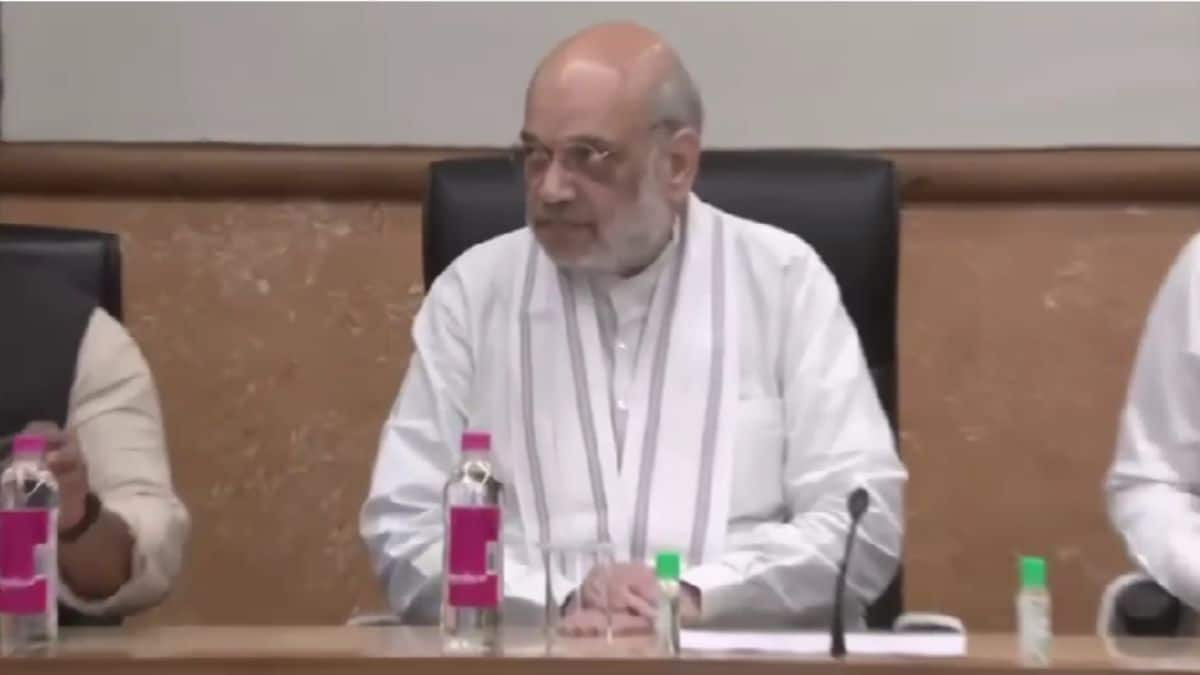
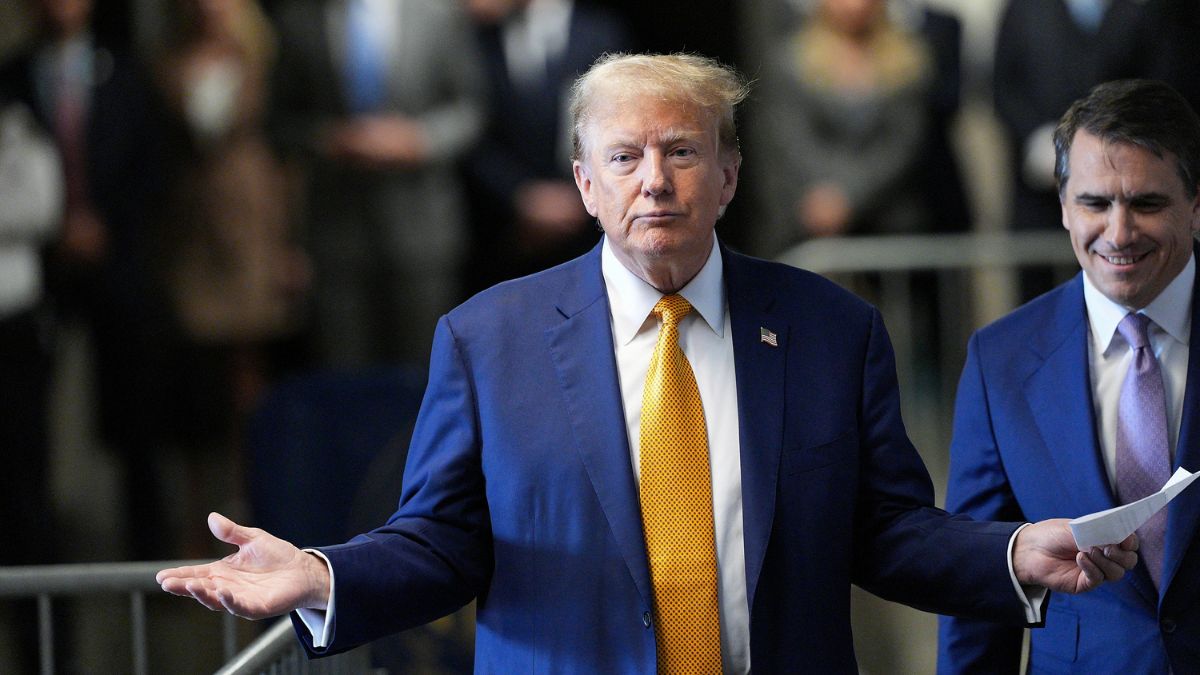)
)
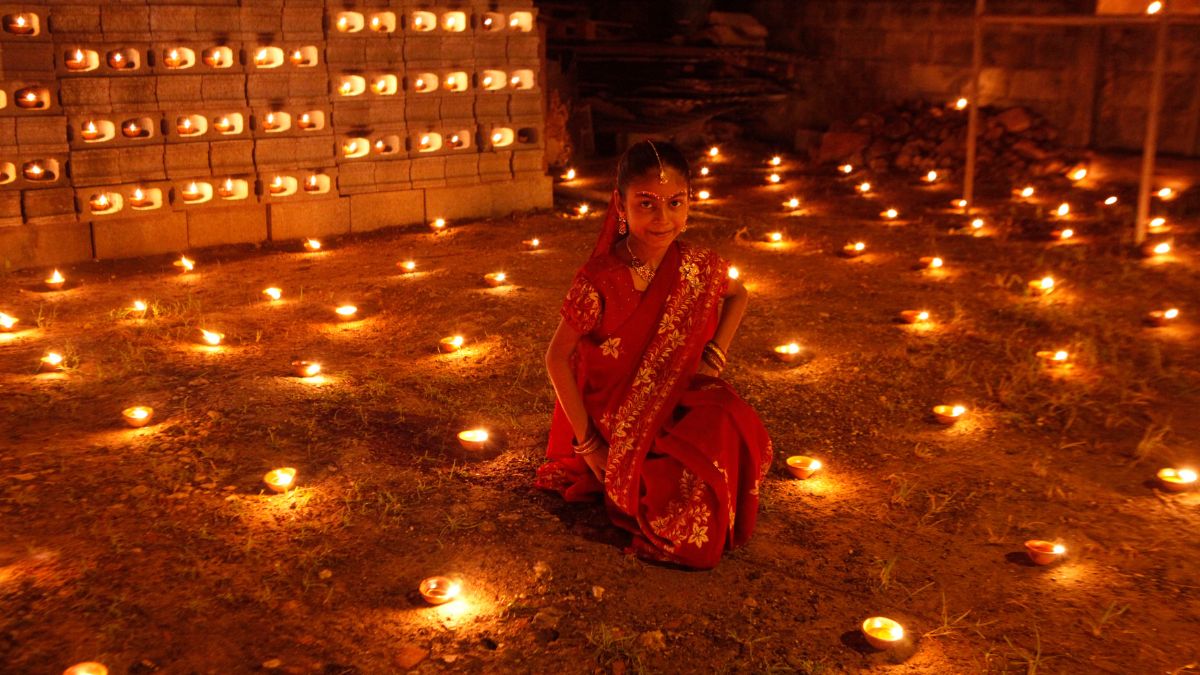)
)
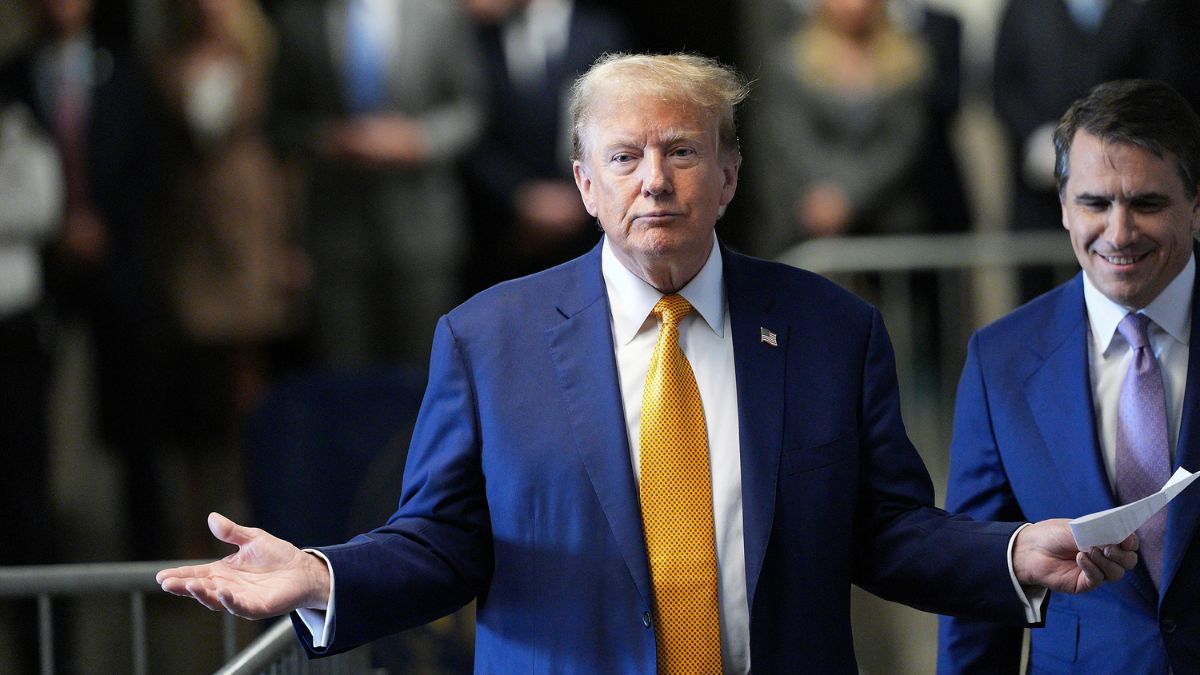)
)
)
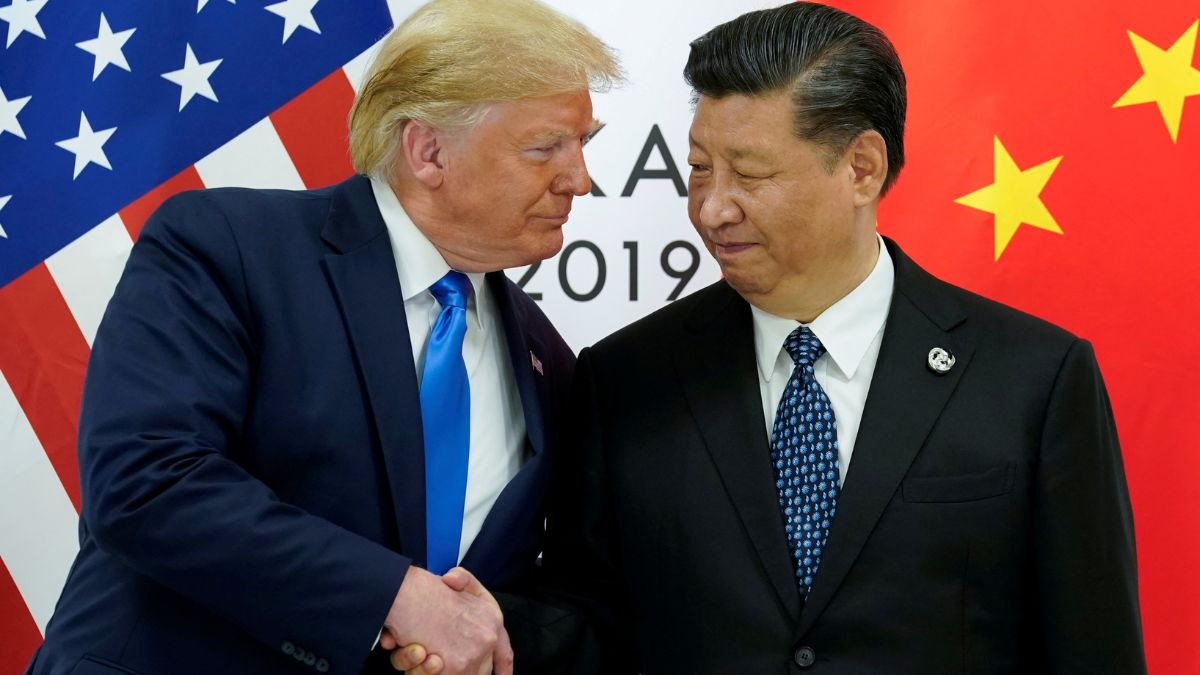)



